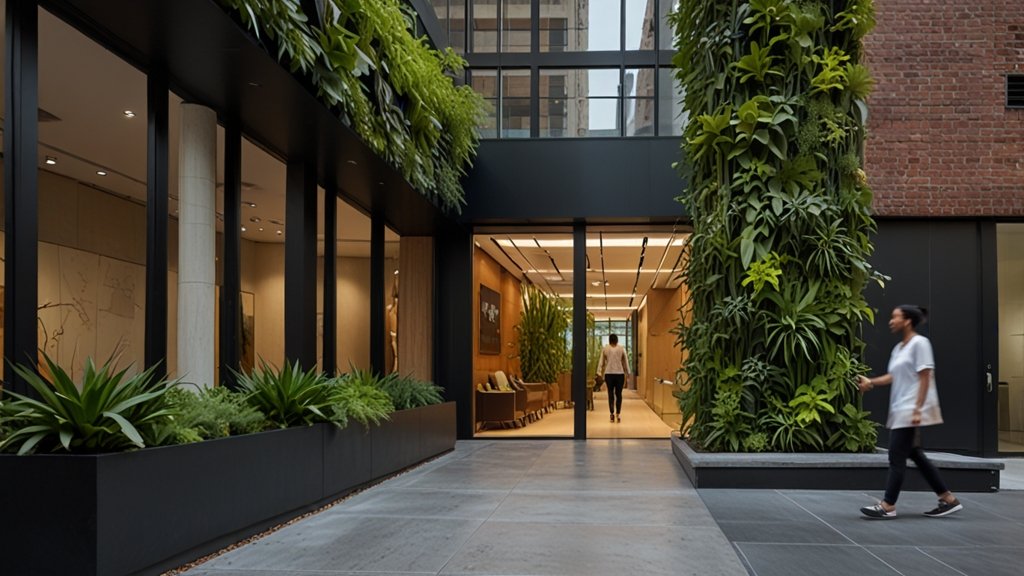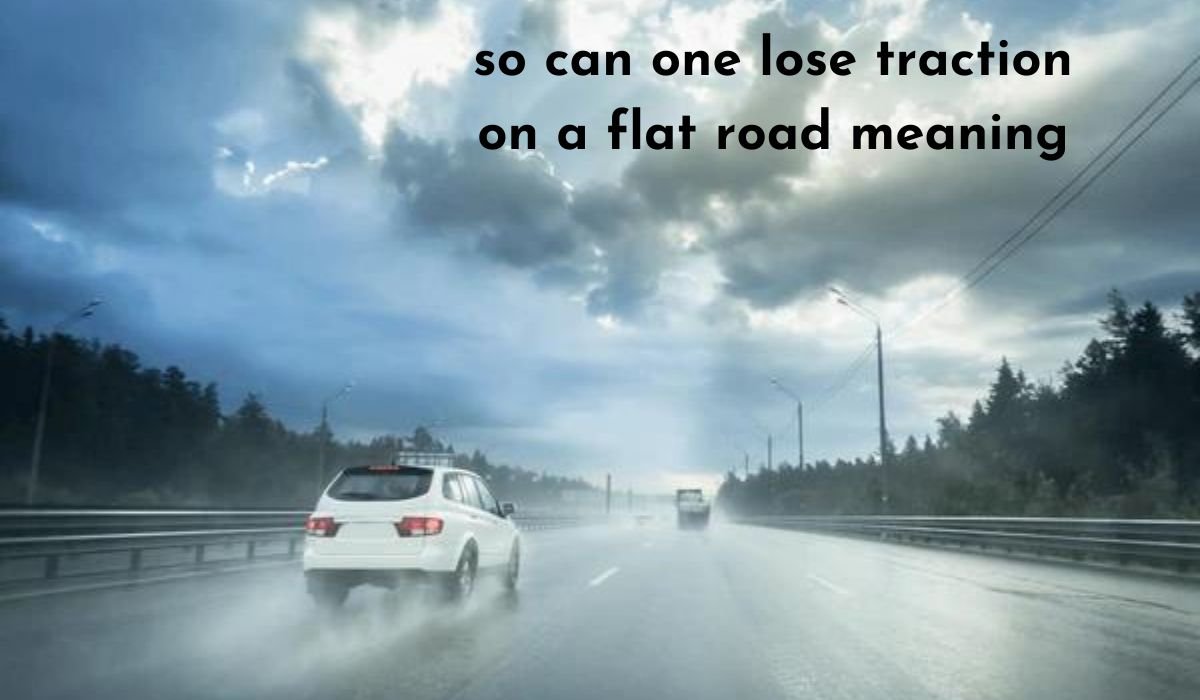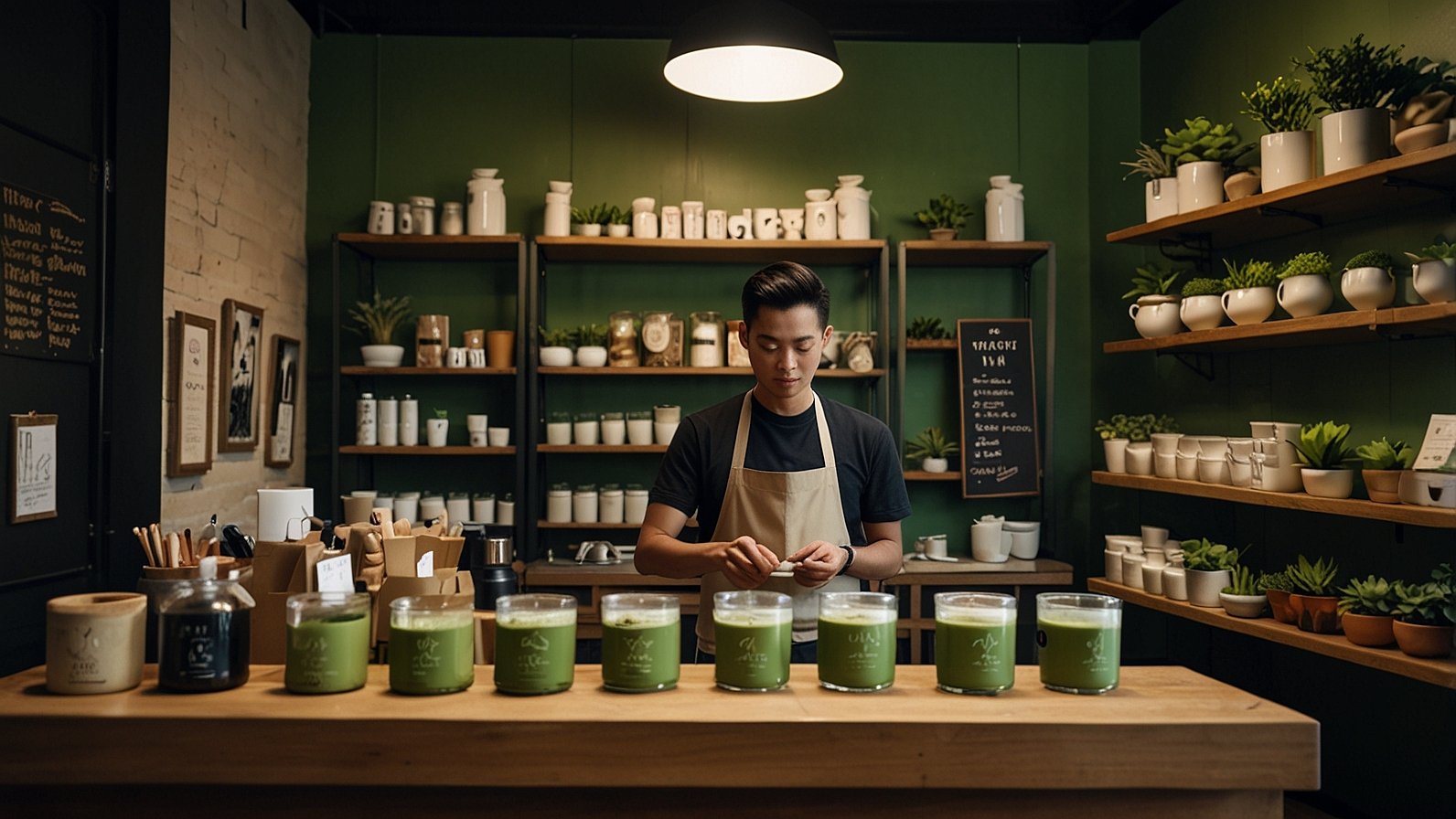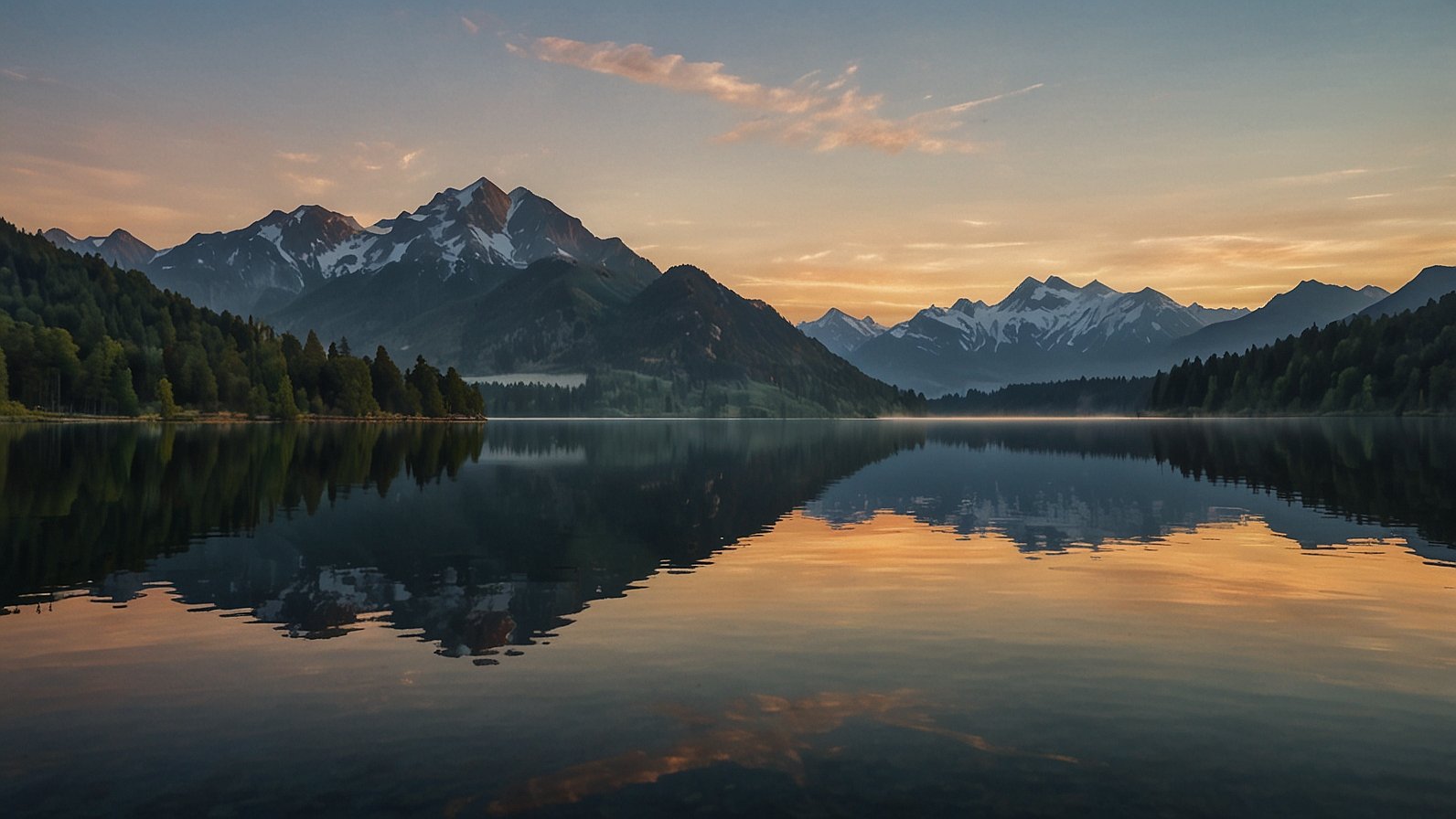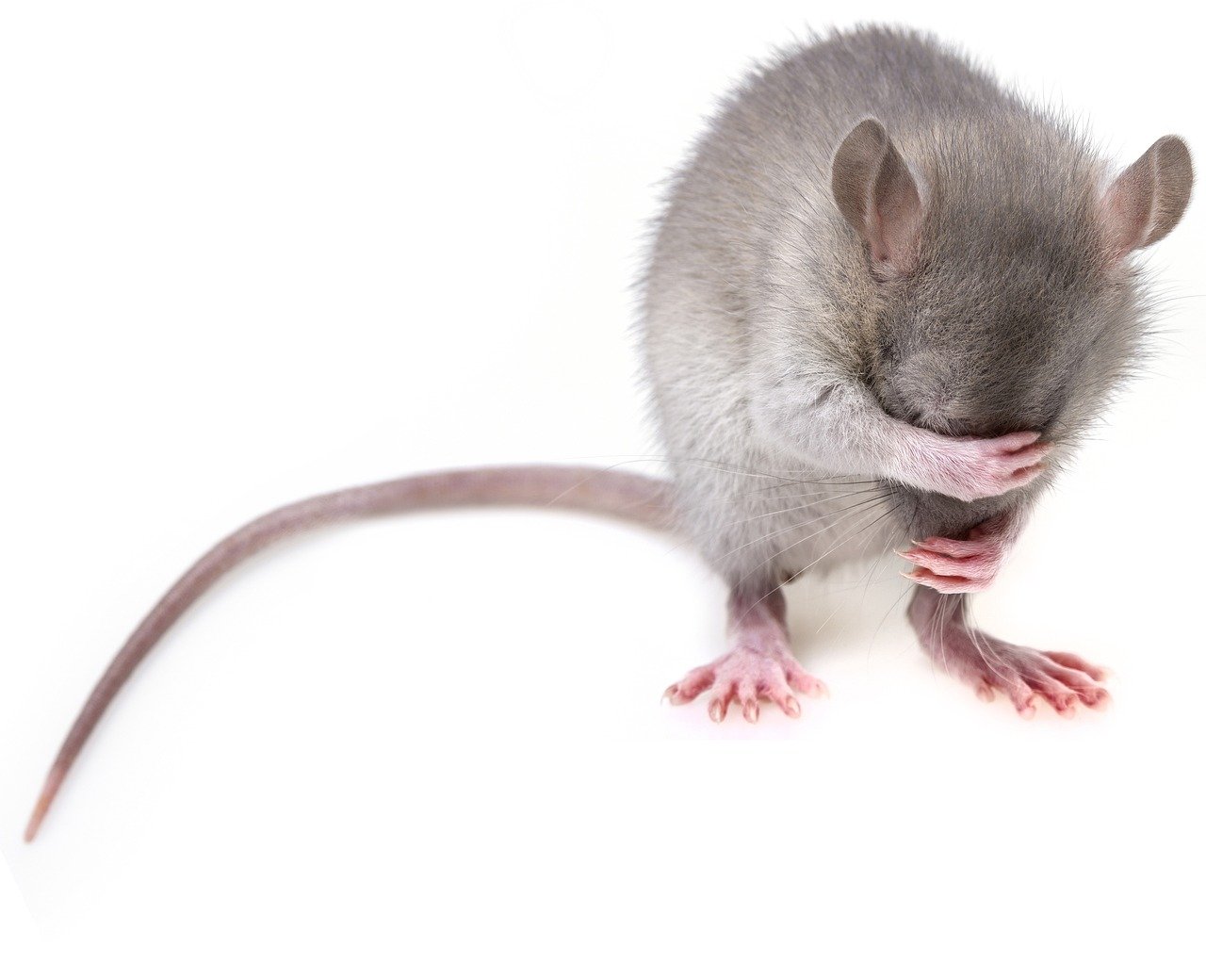Imagine the relentless hum of Manhattan: sirens wail, subways rumble, the energy is electric, exhausting. Now, step inside a sanctuary bathed in natural light, where the air is crisp, the design soothes the soul, and ancient healing practices meet cutting-edge medicine. This isn’t a spa retreat far away; it’s the heart of the city, reimagined. This vision, transforming concrete jungles into havens of holistic health, is being pioneered by Malia Manocherian. A scion of New York’s influential real estate dynasty and a visionary force in her own right, Malia Manocherian is not just building skyscrapers; she’s constructing a blueprint for how we live, heal, and thrive in urban landscapes, proving that wellness isn’t an escape from the city, but its indispensable foundation.
Malia Manocherian: The Manocherian Legacy Meets Modern Vision
The name Manocherian carries significant weight in New York City real estate circles. For decades, the family has been synonymous with developing luxury multifamily residences and prime commercial properties that define Manhattan’s prestigious skyline. Growing up immersed in this world, Malia Manocherian inherited a deep understanding of bricks, mortar, and market dynamics. However, her perspective evolved beyond traditional development metrics. She observed a growing disconnect – city dwellers achieving professional success but often at the cost of their physical health, mental peace, and community connection. The dense urban environment, while vibrant, frequently lacked accessible, integrated spaces dedicated to genuine wellbeing. This observation sparked a transformative idea: What if real estate development could actively enhance human health, rather than just house it?
The Wellness Catalyst: Beyond Bricks and Mortar
Driven by this conviction, Malia Manocherian co-founded a landmark urban wellness center, a venture that stands as a physical manifestation of her cross-industry philosophy. This isn’t merely a gym or a clinic; it’s a holistic ecosystem designed to address the multifaceted needs of modern urbanites. Her vision shattered silos:
- Integrated Medicine: Seamlessly blending conventional Western medical expertise with evidence-based complementary therapies. Think primary care physicians collaborating with acupuncturists, nutritionists, and mental health professionals under one roof.
- Ancient Wisdom, Modern Application: Incorporating time-tested healing practices like meditation, yoga, and traditional Chinese medicine, not as fringe alternatives, but as core components of a comprehensive health strategy.
- Community as Cure: Fostering connection through dedicated programs – support groups, wellness workshops, mindfulness classes – combating the isolation often felt in large cities.
- Sustainable Design as a Healing Tool: Recognizing that our surroundings profoundly impact our health, the center itself is a testament to eco-conscious architecture. Abundant natural light, non-toxic building materials, advanced air and water filtration systems, and integrated biophilic design (bringing nature indoors) create an environment that actively promotes calm and restoration.
Traditional vs. Integrated Urban Wellness Model (Exemplified by Malia Manocherian’s Vision)
| Feature | Traditional Urban Health Model | Malia Manocherian’s Integrated Wellness Model |
|---|---|---|
| Approach | Reactive, symptom-focused, often siloed | Proactive, holistic, preventative, collaborative |
| Environment | Clinical, sterile, potentially stressful | Calming, nature-inspired, designed for sensory ease |
| Accessibility | Often fragmented; requires multiple locations | Centralized, diverse services under one roof |
| Philosophy | Treat illness | Cultivate resilience and optimal wellbeing |
| Design Focus | Functionality, cost-efficiency | Sustainability, human experience, biophilic elements |
Also Read: The Health Benefits of Saunas: Science and Tradition Combined
Sustainable Architecture: The Foundation of Wellbeing
For Malia Manocherian, sustainability isn’t just an environmental checkbox; it’s intrinsically linked to human health and the long-term viability of urban centers. Her developments champion:
- Biophilic Design: Maximizing natural light, incorporating living walls and indoor plants, using natural materials like wood and stone. Studies consistently show these elements reduce stress, improve cognitive function, and boost mood.
- Energy Efficiency & Healthy Materials: Utilizing high-performance windows, renewable energy sources where possible, and rigorously selecting low-VOC (volatile organic compound) paints, adhesives, and furnishings to ensure superior indoor air quality – critical in densely populated cities.
- Water Conservation & Quality: Implementing advanced filtration systems and water-saving fixtures, recognizing clean water as a fundamental health resource.
- Resilient Design: Creating buildings that can adapt to climate challenges and promote occupant safety and comfort long-term.
This commitment transforms buildings from passive structures into active participants in resident and visitor wellbeing. It’s a realization that the places where we live, work, and seek care should actively contribute to our health, not detract from it.
Philanthropy Rooted in Community Wellbeing
Malia Manocherian’s impact extends far beyond her developments. As a dedicated philanthropist and public health advocate, she channels resources and influence into critical areas:
- Mental Health Awareness & Access: Actively supporting organizations and initiatives that destigmatize mental health struggles and increase access to affordable, quality care, particularly in underserved communities. She understands that mental wellbeing is the bedrock of a thriving society.
- Empowering Community Programs: Investing in grassroots initiatives that foster social connection, physical activity, nutritional education, and resilience within diverse NYC neighborhoods. This reflects a belief that true wellness is communal.
- Advocacy for Systemic Change: Leveraging her platform to advocate for policies that promote healthier urban environments, from green spaces and cleaner air to equitable access to health resources.
Her philanthropy isn’t ancillary; it’s an integral part of her vision for healthier cities, demonstrating a commitment to wellbeing that permeates every level of society.
A Cross-Industry Vision: Wellness as the Future of Real Estate
Malia Manocherian stands uniquely at the intersection of real estate development, wellness innovation, and social impact. Her work powerfully demonstrates that urban wellness is not a luxury amenity, but an essential pillar of contemporary, forward-thinking real estate. She positions it as a fundamental driver of value – for residents, tenants, investors, and the community at large.
- The Human Value: Healthier, happier, more resilient occupants lead to stronger communities and enhanced quality of life.
- The Economic Value: Properties designed with wellness and sustainability in mind command premium rents, attract top tenants, experience lower vacancy rates, and demonstrate long-term resilience against market shifts increasingly influenced by ESG (Environmental, Social, Governance) factors.
- The Social Value: By integrating wellness and community-focused spaces, developments become catalysts for positive social interaction and support networks, strengthening the urban fabric.
Her vision redefines success in real estate. It’s no longer just about square footage and ROI, but about Return on Wellbeing (ROW) – creating spaces that actively contribute to human flourishing.
The Future is Integrated: Malia Manocherian’s Lasting Impact
Malia Manocherian is more than a developer or a wellness entrepreneur; she is a paradigm shifter. She challenges the traditional boundaries of the real estate industry, proving that buildings can be powerful agents for health and social good. By seamlessly weaving together:
- Her deep real estate heritage and acumen,
- A pioneering vision for integrated urban wellness,
- Unwavering commitment to sustainable, healthy design, and
- Dedicated philanthropy focused on mental health and community,
Malia Manocherian is crafting a new blueprint for urban life. She envisions cities where the pursuit of success and the pursuit of wellbeing are not mutually exclusive, but intrinsically linked. Her work offers a compelling model for developers, urban planners, and health advocates worldwide: the future of our cities lies in creating environments that don’t just house us, but truly nurture us. The hum of the city remains, but within it, thanks to visionaries like Malia Manocherian, spaces of profound serenity and holistic health are rising, reshaping the urban experience one sustainable, wellness-centered development at a time.
You May Also Read: Explore “girl:-gm-xayeea8= gyatt”: A Cultural Movement Redefining Community
FAQs
What is Malia Manocherian best known for?
Malia Manocherian is best known as a New York-based real estate developer from the prominent Manocherian family, who has pioneered the integration of comprehensive urban wellness centers within the city landscape. She co-founded a landmark facility blending modern medicine, ancient healing, sustainable design, and community programs, positioning wellness as a core element of contemporary real estate.
How does Malia Manocherian connect real estate and wellness?
Manocherian believes wellness is fundamental to thriving urban environments. She actively designs and develops properties (like her wellness center) that incorporate sustainable architecture, biophilic design, and dedicated spaces for integrated health services (medical, holistic, mental) and community wellbeing programs, making health accessible within the urban fabric.
What makes Malia Manocherian’s approach to wellness unique?
Her approach is unique in its holistic integration and setting. She moves beyond isolated spas or clinics by creating central hubs where conventional medicine collaborates with evidence-based ancient practices (like acupuncture, meditation) within an environment specifically designed using sustainable, health-promoting principles, all accessible to the community in the heart of the city.
Why is sustainable design important to Malia Manocherian’s vision?
Manocherian sees sustainable design as inseparable from human health. Using non-toxic materials, maximizing natural light, ensuring superior air/water quality, and incorporating nature (biophilia) directly reduces environmental stress on occupants, improves mental and physical wellbeing, and creates healthier, more resilient buildings – core tenets of her wellness philosophy.
What philanthropic causes does Malia Manocherian support?
She is a dedicated philanthropist focused primarily on mental health awareness and access, particularly in underserved communities, and supporting grassroots programs that foster community wellbeing, physical health, and resilience. Her philanthropy reflects her holistic view that individual health is deeply connected to social and environmental health.
What is the “Manocherian” family legacy in New York?
The Manocherian family is a well-established name in New York City real estate, renowned for decades for developing high-end luxury multifamily apartment buildings and significant commercial properties across Manhattan, contributing substantially to the city’s iconic skyline.
What is the broader impact of Malia Manocherian’s work?
Manocherian is reshaping the real estate industry by demonstrating that integrating wellness and sustainability is not just socially responsible but also economically viable and essential for future cities. She provides a model for how development can actively enhance human health, community connection, and environmental stewardship, influencing a shift towards more humane and holistic urban spaces.







